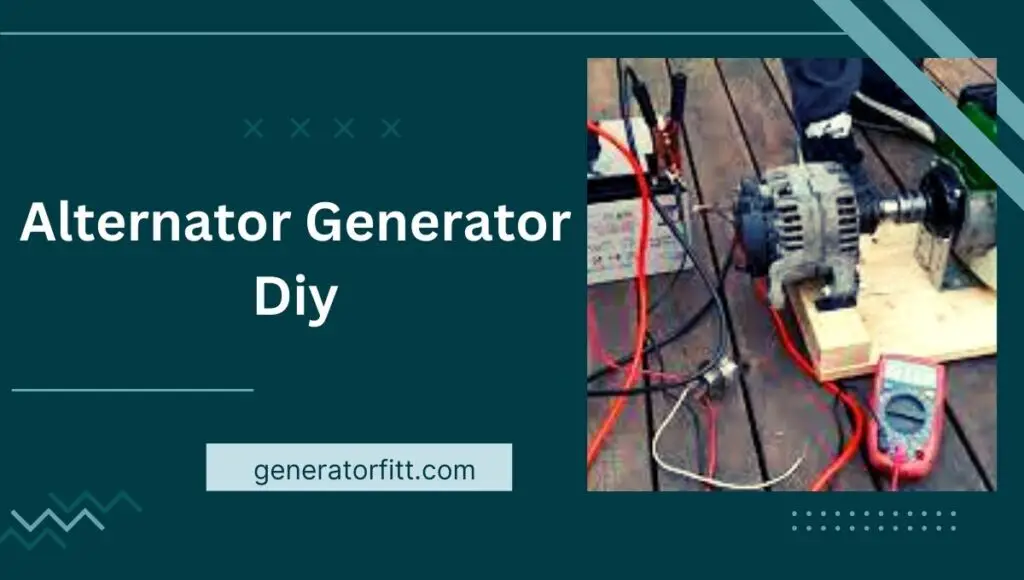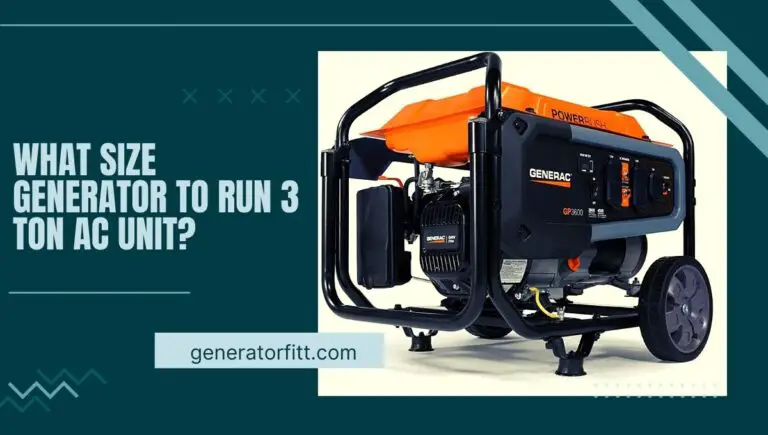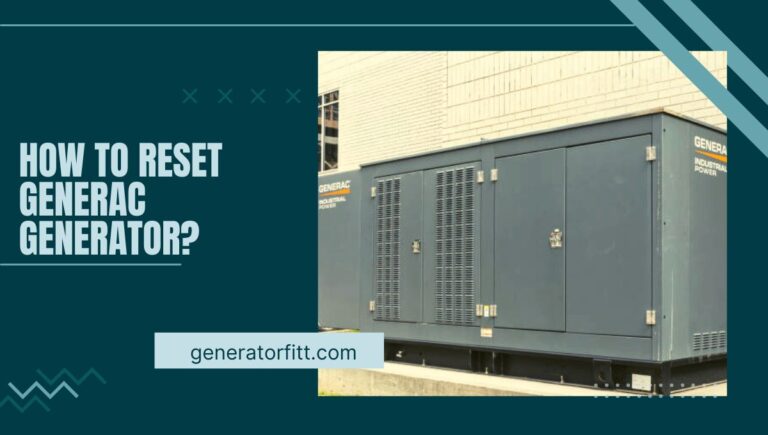Best Alternator Generator Diy Reviews (Buyer’s Guide) In 2023
Alternator Generator Diy, In a world increasingly reliant on electricity, having a backup power source can be a lifesaver.
One fascinating option is to create your own alternator generator, a DIY project that not only provides a sense of accomplishment but also ensures you’re never left in the dark when the grid fails.
In this article, we’ll explore the ins and outs of crafting your alternator generator, step by step.

Alternator Generator Diy
Embarking on a DIY alternator generator project is an exciting journey into the world of renewable energy and self-sufficiency.
Whether you’re looking to harness wind or water power, or simply curious about how generators work, this endeavor offers a hands-on opportunity to create your own electricity-generating system.
In this guide, we’ll explore the essential steps and considerations for building your DIY alternator generator, enabling you to tap into clean, sustainable energy sources while gaining valuable insights into electrical engineering.
So, let’s dive in and discover how to turn your DIY aspirations into a functional generator that powers your world.
Getting Started: Understanding the Basics
Before diving into the DIY process, it’s essential to grasp the fundamental principles of how an alternator generator works. This knowledge will serve as the foundation for your project’s success.
What is an Alternator Generator?
An alternator generator is a device that converts mechanical energy into electrical energy. It operates on the principle of electromagnetic induction, where a rotating magnetic field induces a flow of electricity in a coil of wire.
Why Build Your Own Alternator Generator?
Building your alternator generator allows you to customize it to your needs, save money, and gain valuable DIY skills. Plus, it’s a sustainable way to harness energy.
Tools and Materials
Before you roll up your sleeves, gather the necessary tools and materials for your alternator generator project.
Tools You’ll Need
- Wrenches and screwdrivers
- Wire strippers and crimping tools
- Multimeter for testing
- Welding equipment (if required)
- Safety gear (gloves, safety goggles, etc.)
Required Materials
- An alternator
- A power source (e.g., a gasoline engine)
- V-belt and pulley system
- Mounting brackets
- Wiring and connectors
- Battery for energy storage
Building Your Alternator Generator
Now that you’re equipped let’s start building your alternator generator.
Selecting the Right Alternator
Choose an alternator that suits your power needs. Consider factors like voltage output, amperage, and RPM (rotations per minute).
Mounting the Alternator
Securely mount the alternator to your power source, ensuring it’s properly aligned and stable.
Connecting the Pulley System
Attach the V-belt and pulley system to the alternator and the power source’s crankshaft.
Wiring it Up
Connect the wiring from the alternator to the battery, ensuring proper insulation and secure connections.
Testing and Calibration
Start the power source and use a multimeter to calibrate the alternator for the desired voltage and amperage output.
Safety Precautions
Safety should always be a priority when working on DIY projects like this one.
Safety Gear
Always wear appropriate safety gear to protect yourself from potential hazards.
Ventilation
Work in a well-ventilated area to avoid inhaling harmful fumes.
Fire Safety
Keep fire extinguishing equipment nearby, as sparks can be a fire hazard.
People also ask
Can you turn an alternator into a generator?
Yes, you can convert an alternator into a generator by making some modifications to its wiring and components.
This conversion involves rewiring the alternator to produce direct current (DC) instead of alternating current (AC) and may require additional adjustments depending on your specific needs.
Can an alternator power my house?
An alternator can generate electricity, but typically, it’s not designed to power an entire house on its own.
It’s more commonly used as a component in backup power systems or small-scale electricity generation.
To power a house, you’d typically need a generator designed for residential use or a connection to the electrical grid.
How much electricity can an alternator generate?
The amount of electricity an alternator can generate depends on its size and capacity.
Small automotive alternators may produce around 50 to 100 amps of current at 12 volts, while larger alternators used in industrial settings can generate several hundred amps or more.
The power output can vary widely based on the alternator’s design and application.
How many volts does it take to excite an alternator?
To excite an alternator and initiate the generation of electricity, typically around 12 volts is required.
This voltage is supplied to the alternator’s field winding to create a magnetic field and start the generation process.
Conclusion
In conclusion, building your own alternator generator through a DIY project can be a rewarding and cost-effective endeavor.
It offers the satisfaction of creating a functional power generation system while gaining valuable knowledge about electrical engineering and renewable energy.
However, it’s crucial to emphasize that working with electricity can be dangerous, so safety precautions and adherence to local regulations are paramount.
With careful planning, research, and attention to detail, a DIY alternator generator can provide a sustainable source of electricity for various applications, contributing to a greener and more self-sufficient lifestyle.
Hi, I am Brines Loe and I am an Expert in Generators I have Experience in This Field I want to Help You About This Website! Welcome to our generator (Outdoor) Guide blog! We are dedicated to providing you with the latest information and tips on outdoor generators, ensuring that you have the knowledge you need to make informed decisions about which generator is right for you.






